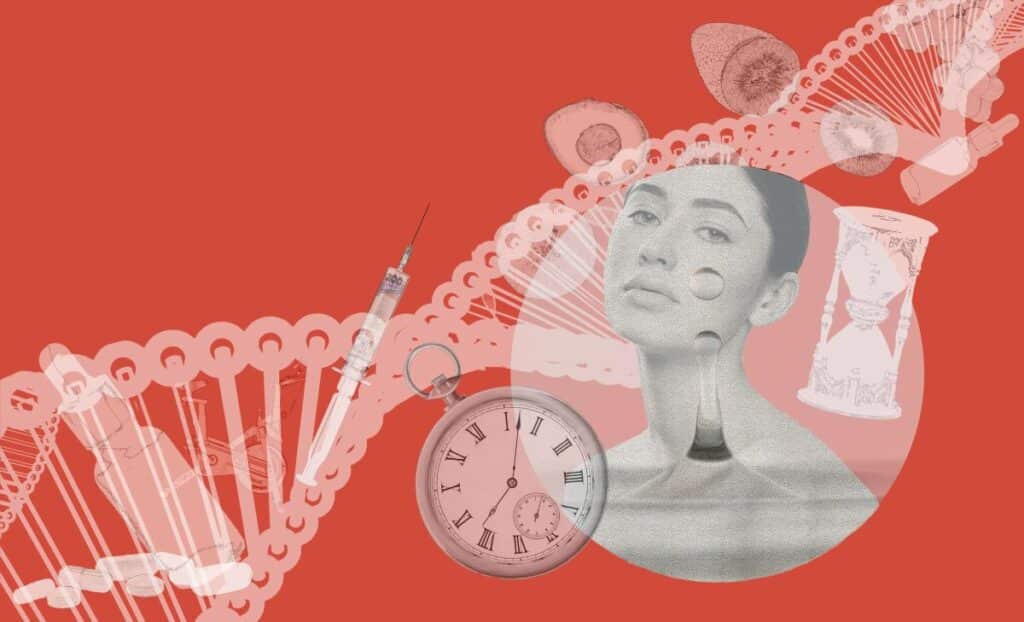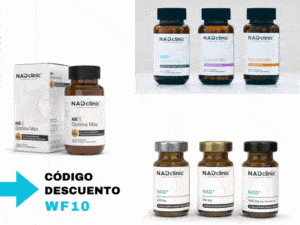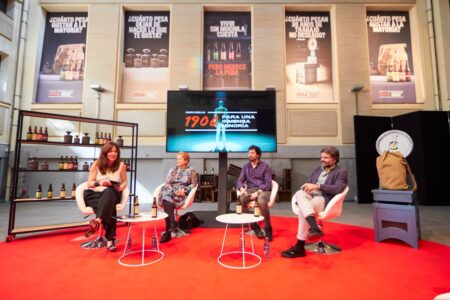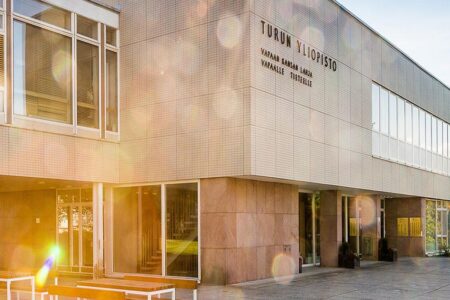For a long time it was believed that longevity was a matter of genetic luck: some people were born with privileged DNA and others were simply not. Today we know that the story is much more interesting. Genetics contributes, yes, about 25% of life potential, but the rest depends on how we live, eat, sleep and manage stress. The fascinating thing is that this 75% does not act independently: our habits "talk" to genes and can activate or silence those related to cell repair, metabolism or resistance to ageing.
Among the genes most commonly linked to longevity are the sirtuins (SIRT1 to SIRT7), FOXO3, mTOR, AMPK, IGF-1 and NRF2. They are all part of a complex molecular network that regulates how the body ages, how it responds to damage and how it uses energy. Although their names sound technical, their functions are surprisingly understandable: sirtuins, for example, act as guardians of DNA, repairing genetic damage and modulating inflammation. FOXO3, considered a "human longevity gene", is involved in the activation of antioxidant defences and the elimination of damaged cells. mTOR controls cell growth and protein synthesis, but its excess accelerates ageing; its counterpart, AMPK, does the opposite: it activates cellular recycling processes (autophagy) and improves insulin sensitivity.
In parallel, the insulin/IGF-1 axis regulates how cells sense nutrient availability. Animal and human studies show that lower activity of this pathway is associated with longer life expectancy. The same is true for NRF2, a gene that orchestrates antioxidant defences and protects against oxidative stress, a major cause of cell deterioration. All these systems communicate with each other and work like an internal biological clock: when one is disturbed, the others try to compensate, but with the passage of time and excessive metabolic stress, the balance is disrupted.
How are these genes studied and measured? Genetic and epigenetic tests are now available to assess both the presence of variants associated with longevity and the degree of expression of certain markers. The most sophisticated tests do not simply read DNA, but explore its behaviour: they measure methylation, i.e. the chemical "tags" added to or removed from DNA that determine which genes are activated and which are silenced. Other tests focus on the length of telomeres, the structures that protect the ends of chromosomes and shorten with age. Although these tests are popular in the wellness market, most experts agree that their usefulness is indicative: they serve to understand trends, not to predict exactly how long someone will live.
The most revealing studies on longevity continue to come from the observation of long-lived populations, the so-called "Blue Zones" (Okinawa in Japan, Sardinia in Italy, Icaria in Greece or Nicoya in Costa Rica). In these places, favourable genetics are combined with lifestyles that keep protective genes active. Vegetable-rich diets, moderate protein intake, natural fasting and communal living reduce inflammation, stabilise insulin and activate molecular pathways of cellular resilience. It's not just about what you eat, but when and how: periods of calorie restriction or intermittent fasting, for example, stimulate sirtuin and AMPK activity, while reducing mTOR signalling.
Physical exercise is another major genetic modulator. Regular training, especially endurance training combined with strength, enhances mitochondrial biogenesis - the process by which cells make new mitochondria, essential for energy production - through the PGC-1α gene. At the same time, exercise activates AMPK and FOXO3, promoting cell repair and recycling. Movement, in this sense, is much more than a tool for keeping the body fit: it is a molecular signal that instructs DNA to stay young.
Sleep and circadian rhythms also play a crucial role. The CLOCK and BMAL1 genes, which set the rhythm of biological cycles, are altered by insomnia, night shifts or excessive use of screens at night. Their imbalance leads to a cascade of metabolic consequences: insulin resistance, inflammation and accelerated ageing. Getting a good night's sleep and maintaining regular schedules not only "rests", but synchronises the expression of cellular repair and detoxification genes.
Stress management closes the loop. Chronically elevated cortisol inhibits the expression of protective genes such as FOXO3 and activates inflammatory pathways such as NF-κB. Conversely, practices such as meditation, coherent breathing or contact with nature have demonstrable epigenetic effects: they reduce the methylation of stress-associated genes and increase the expression of those linked to resilience. Even small doses of positive stress - what in biology is called hormesis - such as exposure to cold or moderate heat, seem to activate repair mechanisms similar to those promoted by sirtuins.
Knowledge of these mechanisms is transforming preventive medicine and precision wellness. In the coming years, the ability to measure and modulate gene expression will open a new chapter in personalised health: it will be less about changing genes and more about adjusting the internal and external environment to work in our favour. Laboratories are already investigating epigenetic therapies and molecules that mimic the effects of fasting or calorie restriction, such as rapamycin, metformin or SIRT1 activators.
Longevity, after all, does not depend on a single gene or a miraculous secret. It is the result of a constant conversation between our DNA and our daily choices. Every meal, every night's sleep, every walk and every thought sends biochemical signals that instruct the body whether to repair or deteriorate. Genetics gives us the tools; lifestyle decides how we use them. It is not about living longer, but living better, with an organism that retains the ability to adapt, repair and evolve. Ultimately, the message of longevity genes is simple and powerful: life is prolonged when we learn to live in harmony with our biology.






